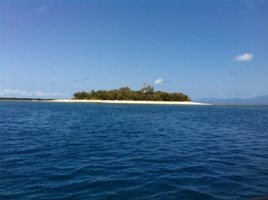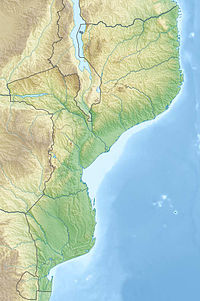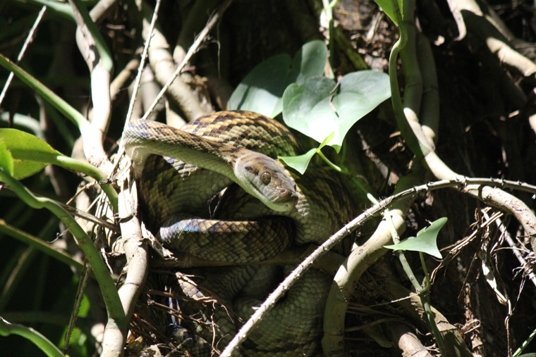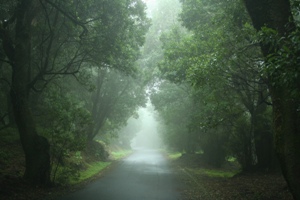As the first chills of winter are beginning to bite our toes, it’s getting difficult for the average folk to leave their beds early in the morning. For kids, winter is synonymous with snowboarding, snowball fights, sledging and Christmas, for adults it’s the perfect time to hibernate. If the thought of hitting a snow-clad peak in the dead of winter leaves you cold, why don’t you fly to Australia? Just follow the sun and explore the top 5 winter-blues busting destinations of Australia.
Why Australia?
 The island of Australia, due to its unique climate, offers both cold and warm weather activities for different age groups. Australians experience cold and dry winters in the months of June, July and August.
The island of Australia, due to its unique climate, offers both cold and warm weather activities for different age groups. Australians experience cold and dry winters in the months of June, July and August.
According to the BBC weather reports, the average temperature of Australia is 46-55 degrees Fahrenheit, during winters. Thus, the mild weather prevailing in the continent makes room for a plethora of wintertime activities.
Top 5 Tourist Attractions
Whitsundays, Queensland
Whitsundays is a group of tropical islands stretching from Bowen to Laguna, over viewing the Great Barrier Reef. Tourists can explore the entire region on a luxury yacht. Book a vessel and let the wild winds inflate your sails. Kick back and relax on the chalky sands of Whitehaven Beach. Snorkel the reef and islands, witness the scenic flight of migratory birds over the islands or simply bask in the heat of winter sun.
Byron Bay, New South Wales
Byron Bay is the hotspot of senior travellers. Here, you can rediscover your inner Zen with spa, mud-baths, Reiki, meditation and yoga. What’ more? You can sign up for surfing lessons, spy humpback whales as they drift towards the northern horizon, kayak with dolphins in a hot-water pool or simply walk around Cape Byron.
Darwin, Northern Territory
While the southern part of the continent experiences chilly winter winds, Darwin enjoys a bright, sunny weather, warm temperatures and cloudless skies. Want to fall in love with Australian lifestyle? Go ahead and survey the Mindil Beach Sunset markets. Browse through 200 stalls and enjoy scrumptious tropical cuisine.
Uluru, Northern Territory
Uluru, in Northern territory is famous for the Lulur-Kata Tujatu National Park, where tourists enjoy camelback riding. Move through the red sand dunes of Uluru and witness breathtaking panorama at the sunset. Dine alfresco under the stars on a rooftop restaurant, enjoy the Sounds of Silence and unfold the mysteries of Anangu Culture.
Broome, Western Australia
A 22km-long camel ride at the sunset tempts vacationers into visiting Cable Beach in Broome. It’s a perfect holiday destination for musicians, artists, families, celebrities, youngsters and backpackers who wish to break from the hectic city life. Watch your favourite movie at the Sun Picture Theatre or dig into the glorious past of Australia at Pearl Luggers.
Things To Do
Tourists enjoy hiking, biking and horseback riding in winters because winter days are quiet, sunny and clear. Just put on your woollen jackets and walk around the park, all the while enjoying the stunning scenery.
Head to the Alpine region of Victoria or visit the lofty, snow-clad peaks in New South Wales. Participate in snowboarding, skiing and mountain climbing activities. If you’ve time, you can visit the Perisher Ski Resort with your family.
Both Perth and Melbourne host international film festival in the honour of Australian Cinema. Visit these cities to get a glimpse of famous celebrities.
If you’re bored of your boring lifestyle, simply catch a flight from UK and land in Australia. Get more information on UK flight arrivals from local tourism companies and book your flights accordingly!
 I watched a documentary about this rainforest and it caught my imagination. Fancy using today’s technology ‘Google Earth’ and discovering a forgotten rainforest deep in the mountainous north of Mozambique! The video below is an interview with Dr Julian Bayliss about the discovery back in 2005 and further links to news articles from the time. Extraordinary stuff!
I watched a documentary about this rainforest and it caught my imagination. Fancy using today’s technology ‘Google Earth’ and discovering a forgotten rainforest deep in the mountainous north of Mozambique! The video below is an interview with Dr Julian Bayliss about the discovery back in 2005 and further links to news articles from the time. Extraordinary stuff!
 The island of Australia, due to its unique climate, offers both cold and warm weather activities for different age groups. Australians experience cold and dry winters in the months of June, July and August.
The island of Australia, due to its unique climate, offers both cold and warm weather activities for different age groups. Australians experience cold and dry winters in the months of June, July and August.
 Head inland on the island, and you’ll discover a misty and magical world of dense, green laurel trees and ferns, thick with moss and cut by waterfalls and bubbling streams.
Head inland on the island, and you’ll discover a misty and magical world of dense, green laurel trees and ferns, thick with moss and cut by waterfalls and bubbling streams. Anyone hoping to visit will be pleased to learn that there are walks through the forests, the shortest of which is the .75 km climb up the Mirador Topo de las Barandas. As you reach the peak you’ll be treated to a spectacular view down the deep gorge that runs through the middle of the forest. This hike takes about 45 minutes and is the perfect way to start the day.
Anyone hoping to visit will be pleased to learn that there are walks through the forests, the shortest of which is the .75 km climb up the Mirador Topo de las Barandas. As you reach the peak you’ll be treated to a spectacular view down the deep gorge that runs through the middle of the forest. This hike takes about 45 minutes and is the perfect way to start the day.
 Entries (RSS)
Entries (RSS)